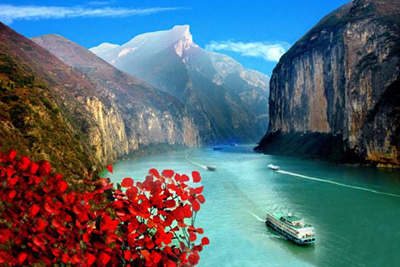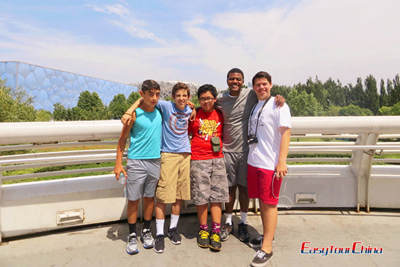Adventure to the Ancient Silk Road: Facts & Travel Tips
This is a 2000 years old passage linking China with Europe .... As the West met the East, Kingdoms were formed and battles fought. Religions and social customs conflicted and merged. People intermarried and migrated. Religions spread, carrying along their great artistic achievement-sculptures, dances, songs and many others.Fascinating are those left over today. Numerous historical and cultural relics are telling us of their old glorious civilization.
Why is it called Silk Road?
China was the world's first country to breed silkworms and produce silk.In 138 BC, Emperor Wudi of the Han Dynasty (206 BC- AD 220) sent the general Zhang Qian to seek a military alliance with his Persian neighbors to the west. It was actually a web of caravan tracks that starts in the old capital of and Xi'an, passing through south and central Asia and winding its way along the east coast of the Mediterranean Sea to Rome. One extremely important trade item was silk among other goods like gold, precious metals and stones, ivory, spices, tea, paper, textiles and chinaware.
This ancient trade route was what we now know as the Silk Road, which had become the main artery for the flow of goods between China and the West since then.
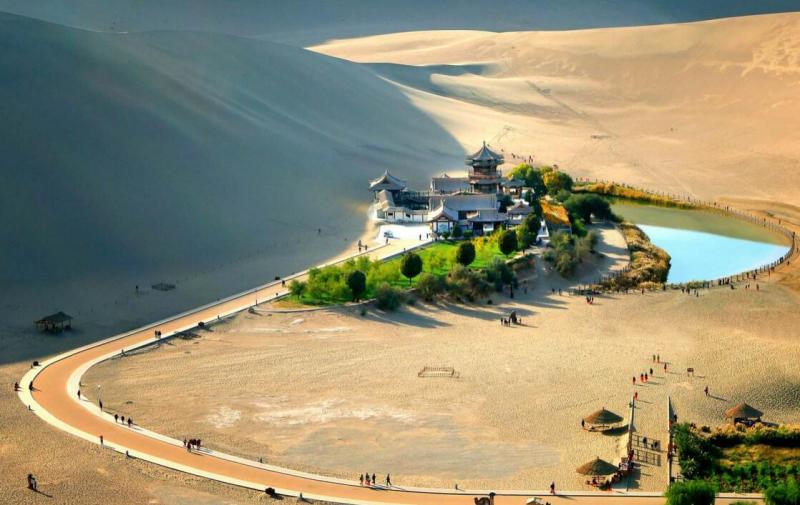
Routes of the Silk Road in China
The Silk Road owns a total length of more than 7,000 km of which over 4000 km are in China. The routes vary due to their different destinations in the west in the different dynasties. But there are three main routes: the north route, the middle route, and the south route.The three routes should actually be considered as one route at the first part before they reach Loulan of Xingjiang, which is from Xi'an - Lanzhou -- the Hexi Corridor -- Wuwei -- Zhangye -- Jiuquan -- Dunhuang -- Yumen Guan (Yang Guan) -- Loulan.
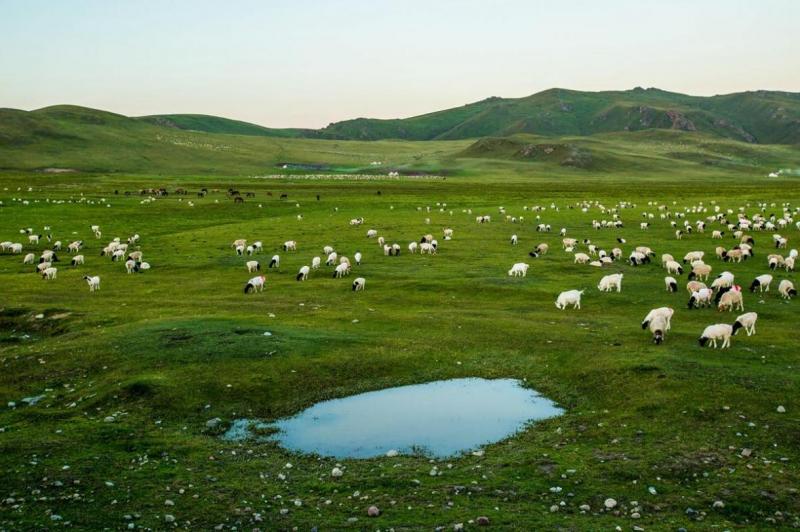
The north route runs from Loulan - Hami - Turpan - Urumqi - Yining - Yili -- west to coast of the Caspian Sea.
The middle route runs from Loulan -- Kuqa -- Aksu -- Kashgar -- west to Iran and to Rome along the coast of Mediterranean Sea.
The south route runs from Loulan - Qiemo - Yutian - Shache -- south to India and Southeast to the direction of Afghan.
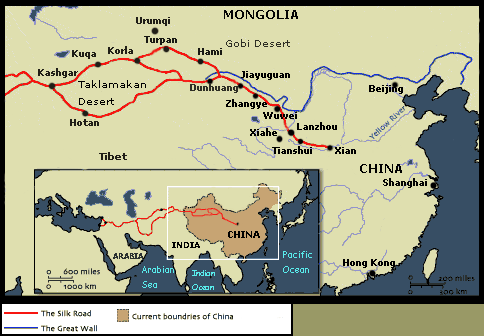
Main sites along the route
Dunhuang Mogao Grottos-Silk Road is located in the west end of the Hexi Corridor of Gansu Province, one of the well-known Chinese historical and cultural cities and a gem on the ancient Silk Road. It is an oasis town nestled in an irrigated cotton-producing oasis.
About 25 km southeast of the town is the Mogao Grottoes which has 492 grottoes. The first caves are said to have been built by the monk Lezun in 366 and the last ones were carved out at the time of the Mongolian conquest in 1277. Other tourist attractions in Dunhuang are the Crescent Moon Spring and Singing Sand Mountain.
Urumqi is the capital of the Xinjiang Autonomous Region lying 900 meters above sea level. Urumqi means "A beautiful Pasture land" in ancient Mongolian. The Museum of the Autonomous Region is worth a good visit. Apart from significant archaeological finds it also exhibits life-size models of the houses and tools of the most important nationalities in the region. An excursion to the Lake of Heaven 100 km away is a must-see. It lies 1,900 meters high in the Tianshan Mountains at the foot of the 5,445 meters high Bogda Peak.
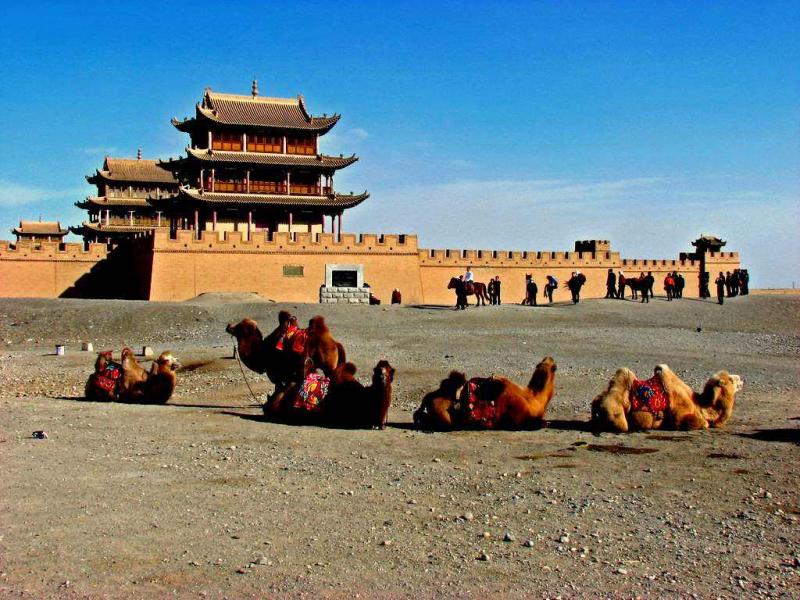
Turpan can be reached from Urumqi in a half-day bus journey from the town. A few old buildings have been preserved in Turpan. The Emin Minaret, built with clay bricks in 1776 and the sparsely furnished mosque next to it are the symbols of the town. The underground irrigation system Karez is worth visiting. In Karez, the ice melt water from the mountains is channeled underground to the oasis over long distances. The local museum shows relics from the Silk Road, mummies from the Astana Graves, silks from the early period of transcontinental trade and funerary objects.Kashgar lies 1,300 meters high on the bank of Tuman river in the middle of an irrigation oasis with cotton and agricultural cultivation. The population of 240,000 is predominantly Uighur. Kashgar only became part of China around 200 BC, then again during the Tang period and finally during the period of the Qing emperors. Geographically the city is the furthest away from the sea among all the major towns in China.
The Id Kah Mosque at town centre is the China's biggest mosque with a central dome and two flanking minarets. Behind the gate are open, tree-lined squares for prayers and 100 meters behind is the Great Prayer Hall, open only for Friday prayers.
Recommended Silk Road Tours,15-Day Silk Road Adventure at Soft Grade
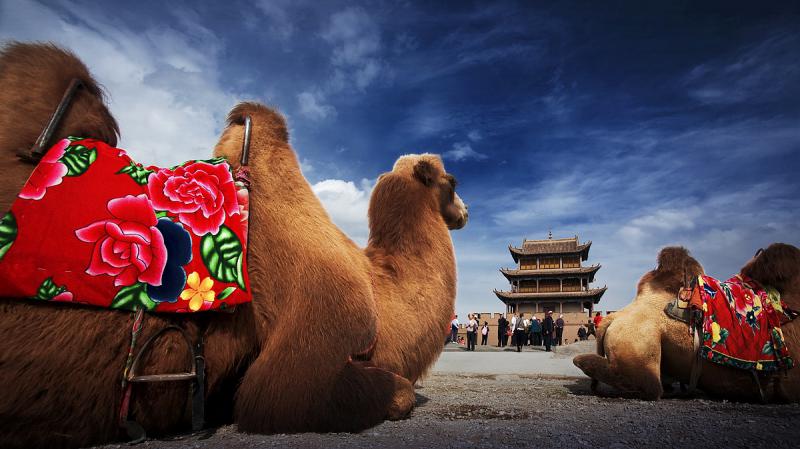
Travel Tips of Silk Road Tour and Adventures
When to go
Usually May, June and October are regarded as the best time to visit the Silk Road. At Gobi desert, it is freezing cold in winter and terribly hot in summer. But in April, July, August and September, some people also choose to go there to avoid flocks of tourists in the high season.
What to wear
Warm clothes are required even in hot summer as temperature during the day and night varies considerably in desert area on the route. To better explore the attraction sites, please wear comfortable shoes for outdoor hiking.
In the scorching hot weather, please use sunscreen, sunglasses and lip creams to protect your eyes and skin, especially go to the edge of the desert area.
Accommodations along the Silk Road
Generally speaking the hotels at major cities in Gansu Province and Xinjiang Uigur Autonomous Region like Lanzhou, Dunhuang, Turpan, Urumqi and Kashgar are of no problem at all, ranging from basic comfort to mild luxury. If you extend the tour to some small towns like Hotam, Korla, the hotels (or guesthouses) are designed for catering to the needs of local people, which may not be up-to-standard in the Western sense. The staff speaks little English, hotel facilities are simple, and sanitary condition is not what we have at modern world.

Meeting local people
If your tour starts from Xian heading for Urumqi and Kashgar, you will see the gradual transition from Buddhist culture to Islamic culture. To respect the religious belief of local people is very important during the tour. Eating pork (even talking about it) is not allowed based on the Muslim canons. When visiting the temples or Mosques, please follow the advice of your local guides: don't touch or deface any religious artifacts or utensils, don't talk loud and make any comments on their religious activities.
Food
Some local hotels in the small towns can't offer coffee during breakfast. If you can't open your eyes without coffee in the morning, please bring some coffee with you.
In Xinjiang region, mutton is the main dish during the meals. Some people may get muttoned out (tired of mutton) after 4 or 5 meals. But this is the fact. The staple food of local people is called Naan, a baked bread with sesame seeds or onion; greenish naan made from dough mixed with chopped Chinese chives; sweet naan sprinkled with sugar and chopped nuts or seeds. Local yogurt is a delight to western tourists along the way.
In summer time, all kinds of fruits are available on market. Please keep in mind: Don't drink hot tea soon after eating lots of fruits, this may cause diarrhea.
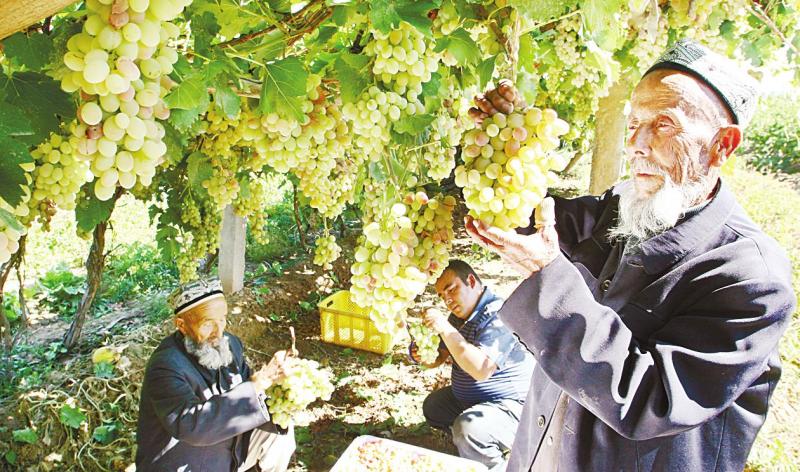
Safety
Please do not talk about sensitive issues and express your points of view in public such as religions and politics when traveling in Xinjiang.During the tour, you are recommended to leave your valuables in the safe of hotel. Be careful of your wallets and cameras in crowded public areas like bazaars, bus and train stations. Wearing jewelries in those places is not good timing.
Time Zone
Although in Xinjiang it is 2 hours late compared with Beijing, the whole country adopts the same Beijing Standard Time (GMT+8). Therefore, the timing for the tour programs there is usually postponed 2 hours later from 09:00 to 20:00.
More trip ideas in August


